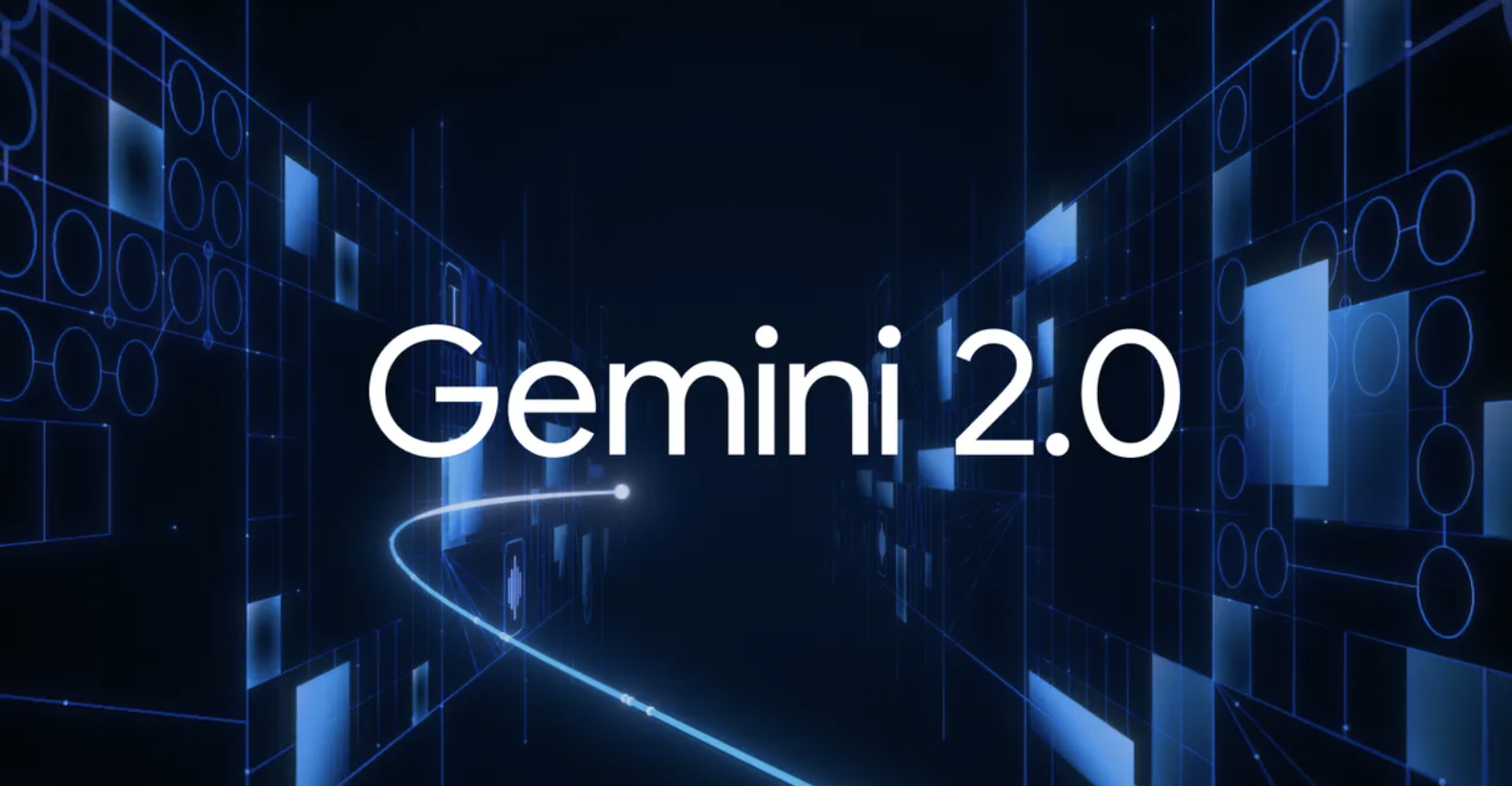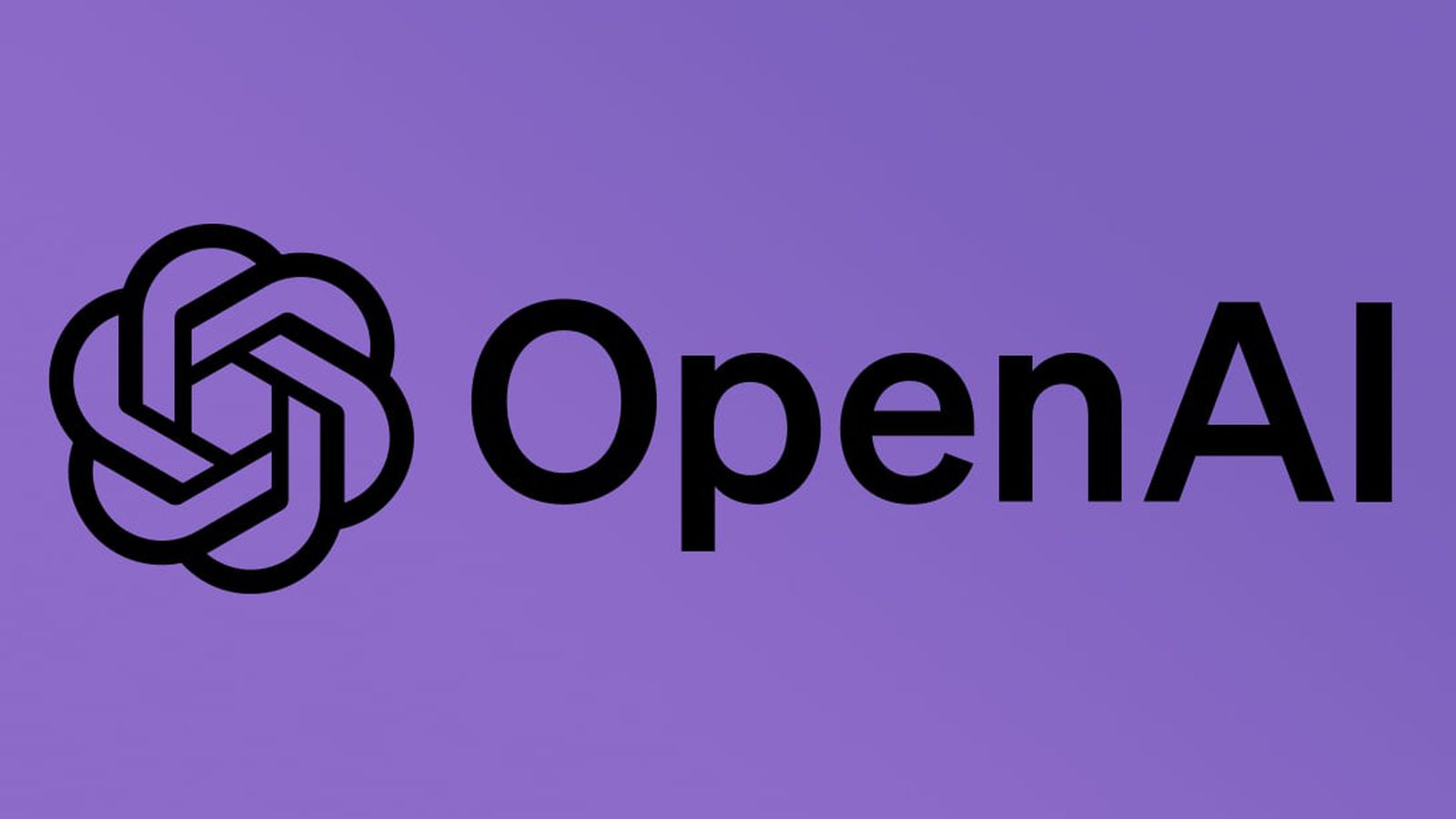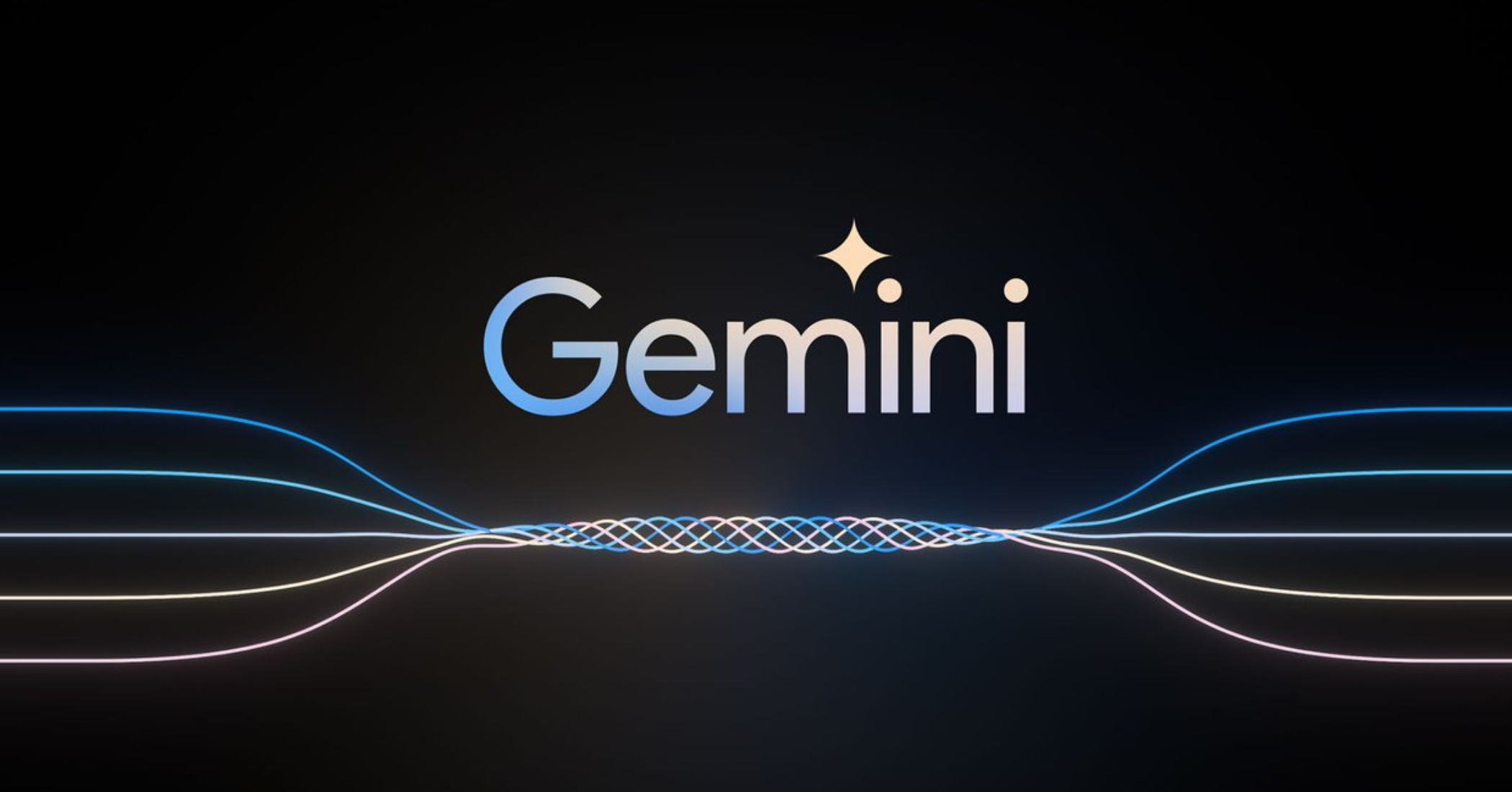Best DevOps Tools and Practices for Building Efficient CI/CD Pipelines on Google Cloud Platform
DevOps, a combination of Development and Operations, has transformed the way software is developed and deployed. With the growing demand for faster release cycles and greater reliability, Continuous Integration (CI) and Continuous Deployment (CD) pipelines have become essential for modern software development. Google Cloud Platform (GCP) offers a wide range of tools and services that can help teams build efficient, scalable, and secure CI/CD pipelines. This article will explore the best DevOps tools and practices available in GCP for optimizing your software delivery workflows. Introduction to CI/CD in GCP Continuous Integration (CI) and Continuous Deployment (CD) are key components of the DevOps lifecycle. The goal of CI is to ensure that code changes are continuously integrated into a shared repository, tested, and built automatically. CD takes it a step further, automatically deploying the latest build into production or staging environments. In Google Cloud Platform, several tools can be leveraged to streamline these processes, enabling faster, more reliable software releases. The Importance of DevOps Practices in CI/CD The integration of DevOps practices into CI/CD pipelines is essential for modern application development. Traditional software development methods often resulted in slow, unreliable releases, leading to long wait times for customers and increased risk of bugs or failures. DevOps aims to bridge the gap between developers and operations teams by fostering a collaborative culture and automating manual tasks, which reduces human error and accelerates software delivery. By using automated CI/CD pipelines, DevOps teams can achieve faster release cycles, better quality code, and more resilient applications. This is where Google Cloud Platform (GCP) comes in with a set of cloud-native tools that support and enhance DevOps practices. Best GCP Tools for CI/CD Pipelines 1. Cloud Source Repositories Cloud Source Repositories is a fully managed Git repository hosting service provided by Google Cloud. It allows developers to store their code in secure, scalable repositories. This service is designed to integrate seamlessly with other Google Cloud tools like Cloud Build and Cloud Deploy, enabling efficient CI/CD workflows. With Cloud Source Repositories, teams can manage their source code, collaborate on changes, and implement version control efficiently. Whether you're using GitHub, GitLab, or Bitbucket for your source code, Cloud Source Repositories integrates with those platforms, making it easier to automate CI/CD tasks. 2. Cloud Build Cloud Build is a powerful tool that automates the build process in CI/CD pipelines. This fully managed service allows developers to define custom workflows and build steps through YAML configuration files. It supports a wide range of programming languages and frameworks, including Java, Python, Node.js, and Go, as well as Docker for containerized applications. Cloud Build integrates with Cloud Source Repositories, GitHub, and GitLab, allowing teams to set up build triggers that automatically execute on code commits. It also provides support for building and pushing Docker images, making it a great fit for microservices and containerized applications. Furthermore, Cloud Build offers powerful features like parallel builds and automatic scaling, ensuring that your builds are efficient and cost-effective. 3. Artifact Registry Artifact Registry is a fully managed artifact storage service on Google Cloud. It is designed to store Docker images, language-specific packages (e.g., Maven, npm, Python), and other artifacts used in CI/CD pipelines. Artifact Registry replaces Container Registry and offers enhanced security, better integration with GCP IAM (Identity and Access Management), and multi-region support for better availability. When building containerized applications, Artifact Registry is crucial for managing your Docker images and other dependencies. It integrates directly with Cloud Build, allowing you to push built artifacts directly to your repository. With fine-grained IAM controls, you can ensure that only authorized users can access and deploy these artifacts. 4. Cloud Deploy Cloud Deploy is Google Cloud's managed service for Continuous Deployment. It automates the process of deploying applications to Google Kubernetes Engine (GKE), App Engine, or Cloud Run. Cloud Deploy supports advanced deployment strategies such as blue-green deployments, canary releases, and rolling updates, ensuring that your deployments are safe and reliable. Cloud Deploy also integrates with other GCP services like Cloud Build and Artifact Registry, making it an essential tool for deploying containerized applications. Whether you're deploying microservices, serverless applications, or monolithic apps, Cloud Deploy ensures that your deployment process is streamlined and efficient. 5. Google K
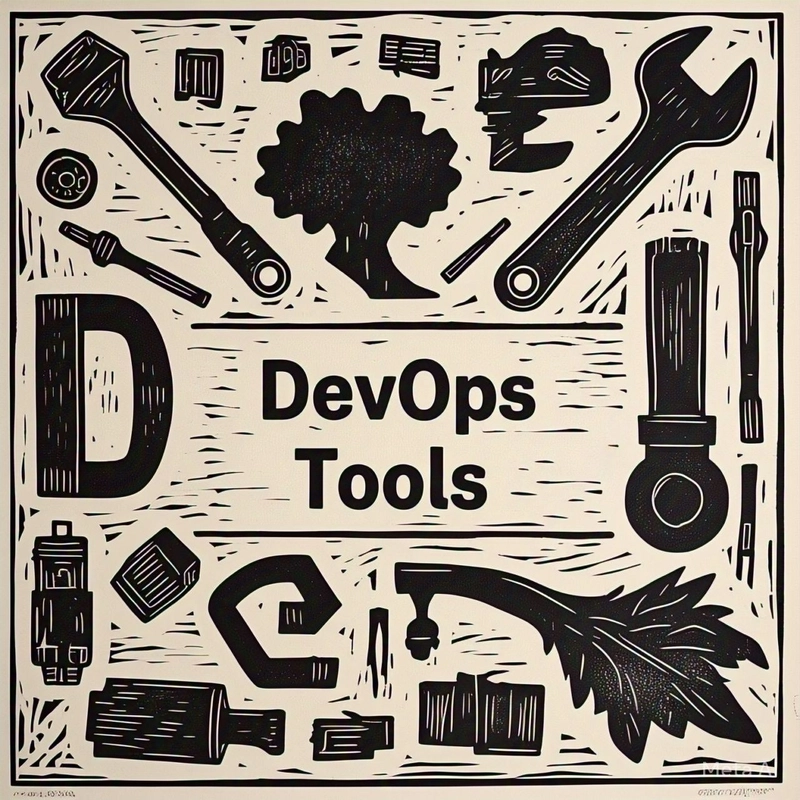
DevOps, a combination of Development and Operations, has transformed the way software is developed and deployed. With the growing demand for faster release cycles and greater reliability, Continuous Integration (CI) and Continuous Deployment (CD) pipelines have become essential for modern software development. Google Cloud Platform (GCP) offers a wide range of tools and services that can help teams build efficient, scalable, and secure CI/CD pipelines. This article will explore the best DevOps tools and practices available in GCP for optimizing your software delivery workflows.
Introduction to CI/CD in GCP
Continuous Integration (CI) and Continuous Deployment (CD) are key components of the DevOps lifecycle. The goal of CI is to ensure that code changes are continuously integrated into a shared repository, tested, and built automatically. CD takes it a step further, automatically deploying the latest build into production or staging environments. In Google Cloud Platform, several tools can be leveraged to streamline these processes, enabling faster, more reliable software releases.
The Importance of DevOps Practices in CI/CD
The integration of DevOps practices into CI/CD pipelines is essential for modern application development. Traditional software development methods often resulted in slow, unreliable releases, leading to long wait times for customers and increased risk of bugs or failures. DevOps aims to bridge the gap between developers and operations teams by fostering a collaborative culture and automating manual tasks, which reduces human error and accelerates software delivery.
By using automated CI/CD pipelines, DevOps teams can achieve faster release cycles, better quality code, and more resilient applications. This is where Google Cloud Platform (GCP) comes in with a set of cloud-native tools that support and enhance DevOps practices.
Best GCP Tools for CI/CD Pipelines
1. Cloud Source Repositories
Cloud Source Repositories is a fully managed Git repository hosting service provided by Google Cloud. It allows developers to store their code in secure, scalable repositories. This service is designed to integrate seamlessly with other Google Cloud tools like Cloud Build and Cloud Deploy, enabling efficient CI/CD workflows.
With Cloud Source Repositories, teams can manage their source code, collaborate on changes, and implement version control efficiently. Whether you're using GitHub, GitLab, or Bitbucket for your source code, Cloud Source Repositories integrates with those platforms, making it easier to automate CI/CD tasks.
2. Cloud Build
Cloud Build is a powerful tool that automates the build process in CI/CD pipelines. This fully managed service allows developers to define custom workflows and build steps through YAML configuration files. It supports a wide range of programming languages and frameworks, including Java, Python, Node.js, and Go, as well as Docker for containerized applications.
Cloud Build integrates with Cloud Source Repositories, GitHub, and GitLab, allowing teams to set up build triggers that automatically execute on code commits. It also provides support for building and pushing Docker images, making it a great fit for microservices and containerized applications. Furthermore, Cloud Build offers powerful features like parallel builds and automatic scaling, ensuring that your builds are efficient and cost-effective.
3. Artifact Registry
Artifact Registry is a fully managed artifact storage service on Google Cloud. It is designed to store Docker images, language-specific packages (e.g., Maven, npm, Python), and other artifacts used in CI/CD pipelines. Artifact Registry replaces Container Registry and offers enhanced security, better integration with GCP IAM (Identity and Access Management), and multi-region support for better availability.
When building containerized applications, Artifact Registry is crucial for managing your Docker images and other dependencies. It integrates directly with Cloud Build, allowing you to push built artifacts directly to your repository. With fine-grained IAM controls, you can ensure that only authorized users can access and deploy these artifacts.
4. Cloud Deploy
Cloud Deploy is Google Cloud's managed service for Continuous Deployment. It automates the process of deploying applications to Google Kubernetes Engine (GKE), App Engine, or Cloud Run. Cloud Deploy supports advanced deployment strategies such as blue-green deployments, canary releases, and rolling updates, ensuring that your deployments are safe and reliable.
Cloud Deploy also integrates with other GCP services like Cloud Build and Artifact Registry, making it an essential tool for deploying containerized applications. Whether you're deploying microservices, serverless applications, or monolithic apps, Cloud Deploy ensures that your deployment process is streamlined and efficient.
5. Google Kubernetes Engine (GKE)
Google Kubernetes Engine (GKE) is a fully managed Kubernetes service that simplifies the deployment, management, and scaling of containerized applications. GKE integrates seamlessly with other GCP services like Cloud Build, Artifact Registry, and Cloud Deploy, making it an excellent choice for running containerized workloads in your CI/CD pipeline.
With GKE, you can leverage Kubernetes' powerful orchestration capabilities to manage your application’s lifecycle. It supports advanced features such as auto-scaling, load balancing, and self-healing, ensuring that your applications are always available and resilient. GKE is ideal for organizations that need to scale their applications rapidly while maintaining high availability and performance.
6. App Engine and Cloud Run
For serverless applications, both **App Engine** and **Cloud Run** are excellent options. App Engine is a fully managed platform for building and deploying web applications and APIs, while Cloud Run enables you to run stateless containers in a serverless environment. Both services are tightly integrated with the GCP ecosystem and support easy integration into CI/CD pipelines.
App Engine abstracts away all infrastructure management tasks, allowing you to focus solely on writing code. Cloud Run, on the other hand, offers more flexibility by allowing you to deploy containerized applications without worrying about the underlying infrastructure. Both services make it easier to deploy applications quickly and scale them efficiently in the cloud.
Best Practices for Building Efficient CI/CD Pipelines in GCP
1. Implement Infrastructure as Code (IaC)
Infrastructure as Code (IaC) is an essential practice for managing cloud resources in a consistent and reproducible manner. Using IaC tools like **Terraform** or **Google Cloud Deployment Manager**, you can define your infrastructure as code and automate the provisioning and management of GCP resources.
By using IaC, you ensure that your environments are consistent, repeatable, and versioned. This approach reduces human error and makes it easier to scale your infrastructure as your application grows.
2. Secure Your Pipeline
Security should be a top priority when building your CI/CD pipeline. Use **Secret Manager** to store sensitive data such as API keys, passwords, and service account credentials. Implement **IAM** policies to ensure that only authorized users and services have access to your resources.
Additionally, integrate vulnerability scanning into your pipeline using tools like **Container Analysis API** to identify potential security risks in your Docker images. Implementing these security practices will help protect your applications from vulnerabilities and ensure compliance with industry standards.
3. Optimize for Speed and Efficiency
One of the biggest advantages of CI/CD pipelines is the speed at which you can deliver new features and bug fixes. To maximize this speed, focus on optimizing your pipeline’s performance. Use **parallel builds** in Cloud Build to execute multiple tasks concurrently, reducing overall build times. Additionally, consider using **Cloud Functions** or **Cloud Run** for lightweight tasks, such as running unit tests or processing small workflows.
4. Monitor and Improve Your Pipelines
Once your CI/CD pipeline is running, it’s essential to continuously monitor its performance. Use **Cloud Monitoring** to track the health of your applications and infrastructure, and **Cloud Logging** to collect logs and troubleshoot any issues. Set up alerting and dashboards to proactively identify problems before they affect your users.
Regularly assess your pipeline’s performance and make improvements based on feedback and metrics. Over time, this will help you refine your processes, optimize resource usage, and maintain a high level of operational efficiency.
Conclusion
Google Cloud Platform provides a comprehensive suite of tools that enable DevOps teams to build, automate, and manage their CI/CD pipelines efficiently. By utilizing services like Cloud Build, Artifact Registry, Cloud Deploy, and GKE, teams can optimize their workflows and deliver applications faster, more reliably, and securely. By following best practices such as Infrastructure as Code, security, and continuous optimization, you can build a robust, scalable, and efficient CI/CD pipeline that drives the success of your software development lifecycle.
Start building your CI/CD pipeline on Google Cloud Platform today and enjoy faster deployments, better collaboration, and more reliable software!

























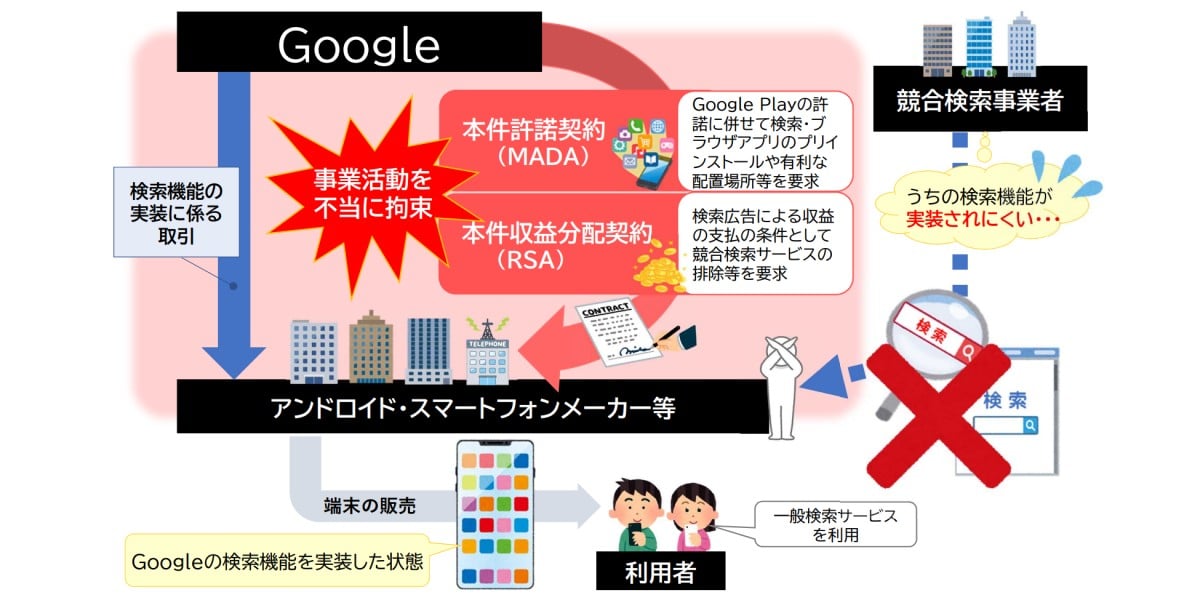
















































































































































![[The AI Show Episode 144]: ChatGPT’s New Memory, Shopify CEO’s Leaked “AI First” Memo, Google Cloud Next Releases, o3 and o4-mini Coming Soon & Llama 4’s Rocky Launch](https://www.marketingaiinstitute.com/hubfs/ep%20144%20cover.png)














































































































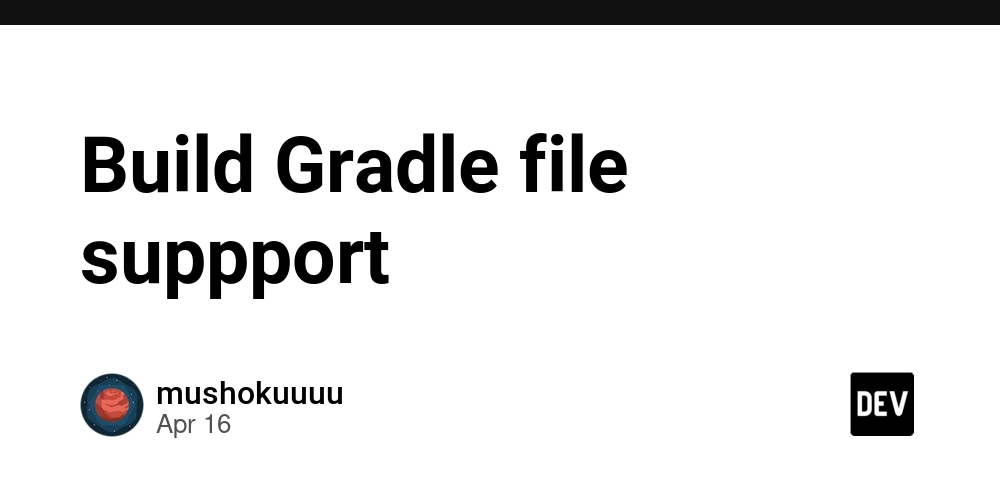

































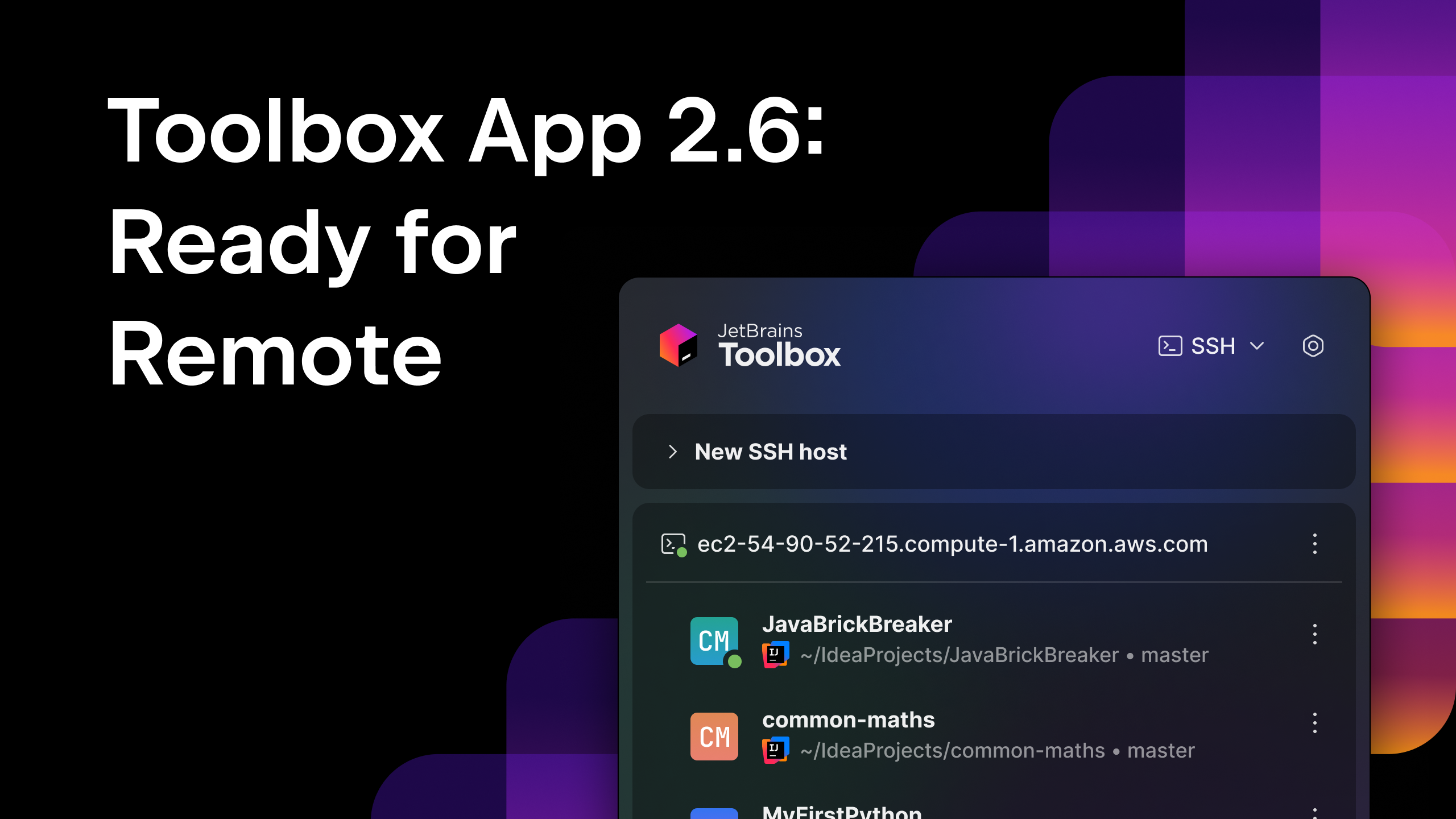






















































![Blue Archive tier list [April 2025]](https://media.pocketgamer.com/artwork/na-33404-1636469504/blue-archive-screenshot-2.jpg?#)

































.png?#)








-Baldur’s-Gate-3-The-Final-Patch---An-Animated-Short-00-03-43.png?width=1920&height=1920&fit=bounds&quality=70&format=jpg&auto=webp#)





























.webp?#)












































































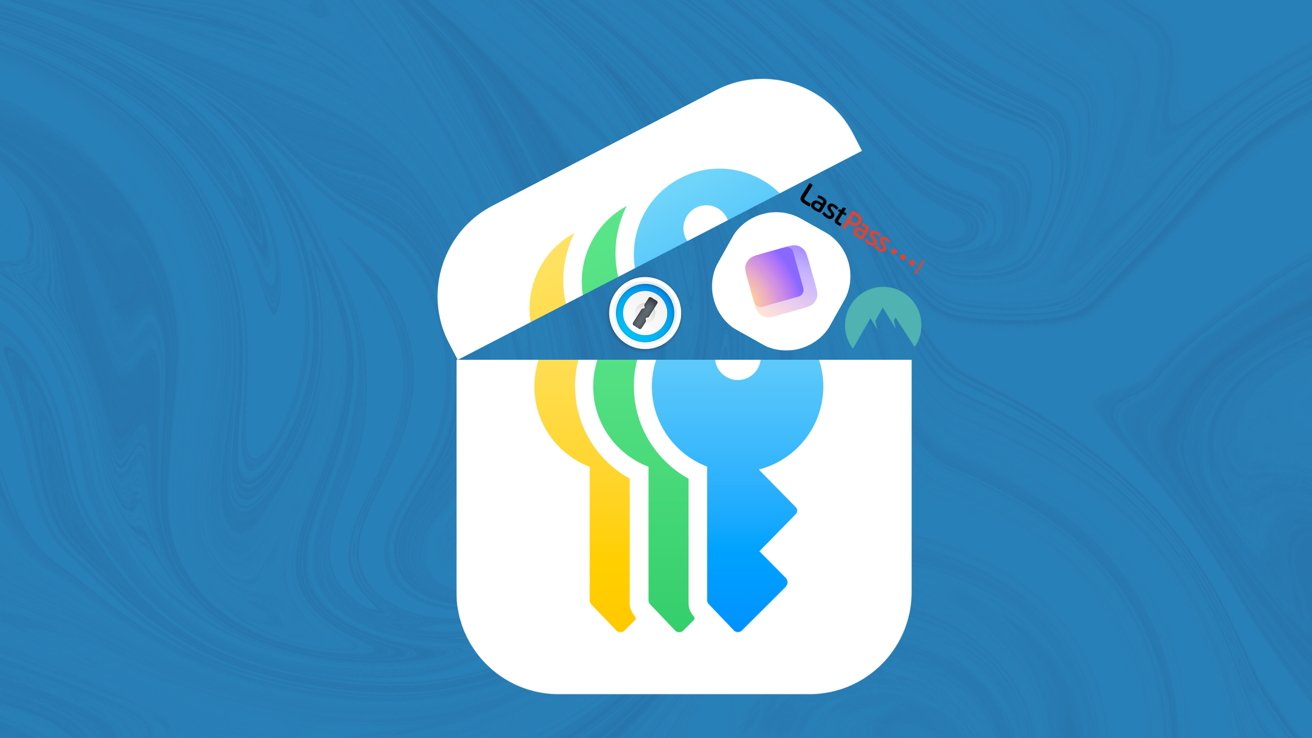





























![Apple to Split Enterprise and Western Europe Roles as VP Exits [Report]](https://www.iclarified.com/images/news/97032/97032/97032-640.jpg)
![Nanoleaf Announces New Pegboard Desk Dock With Dual-Sided Lighting [Video]](https://www.iclarified.com/images/news/97030/97030/97030-640.jpg)

![Apple's Foldable iPhone May Cost Between $2100 and $2300 [Rumor]](https://www.iclarified.com/images/news/97028/97028/97028-640.jpg)













